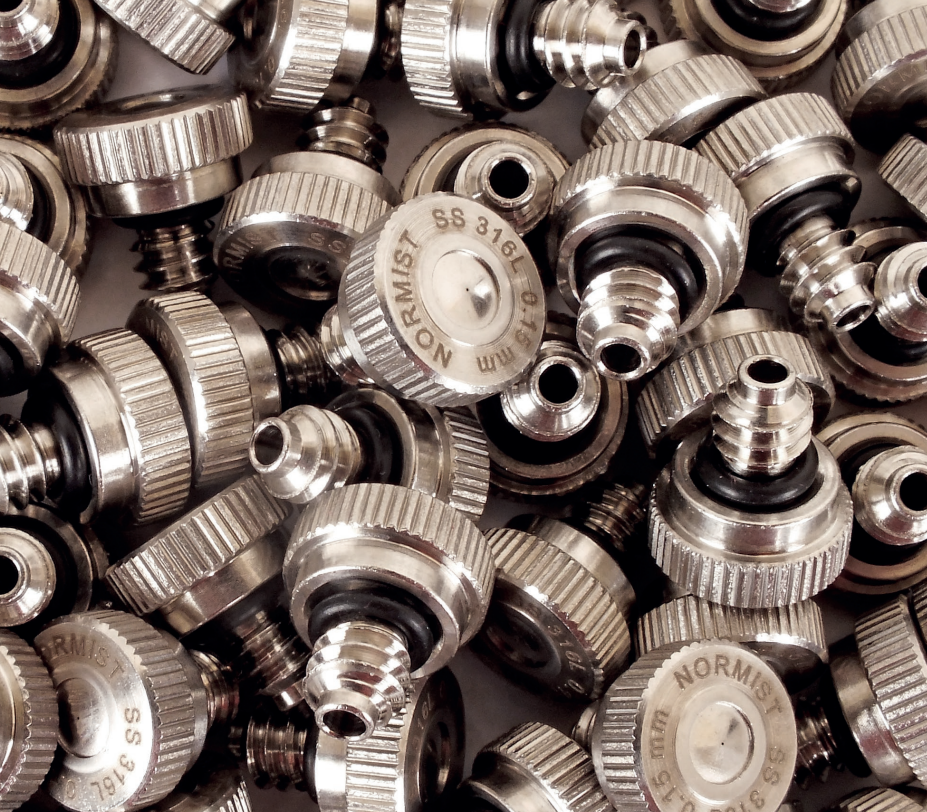
How Does A Water Mist System Work: Understanding Dry Fog Suppression
Dry fog suppression systems are technologies used for dust control in a wide variety of industrial settings – from mining and quarrying operations to power generation, construction and manufacturing facilities.
In this article, we will guide you through how dust suppression systems work, why they are effective, and how they can benefit your operation.

What Is A ‘Dry Fog’ System?
‘Dry fog’ is a potentially misleading term. Dry fog and water misting systems are often used interchangeably by suppliers – and despite the different names, they actually refer to the same thing. Dry fog systems create an ultrafine mist designed to capture and neutralise very fine airborne dust particles. The fog is called ‘dry’ because the water droplets produced are so fine that they don’t create a wet surface. The droplets are typically less than 10 µm in size, allowing them to capture dust particles effectively without increasing atmospheric humidity, damaging equipment, or causing a nuisance to workers. This characteristic makes it appear more like a fog or vapour than a spray – hence the name ‘dry fog’.
Dry fog is not a water-less or purely chemical suppressant, so may not be suitable for all materials. Please check carefully with your manufacturer before investing in any equipment.
How Does The Dry Fog Work?
Dry fog systems generate a high volume of pressurised microwater droplets that effectively collide with and aggregate with dust particles, making the air cleaner and safer.
The misting process promotes agglomeration, which is where water droplets and dust particles of a similar size collide and combine. This increases particle mass to the point where the particles are no longer respirable or capable of being airborne. This enables the dust particles to naturally settle by gravity, or be captured by an extraction device.
By capturing silica, mineral, and other harmful respirable particles before inhalation, dry fog systems protect the health of your workers and reduce their risk of long-term respiratory diseases. By reducing the concentration of airborne silica in and around your plant, the environmental risk level of your operation is also reduced, as there is less chance of ecologically damaging toxins escaping into surrounding farms, natural spaces, and residential areas.
Operational Benefits
Dry fog suppression systems also have operational benefits. Dust is notorious for causing wear and tear in equipment, which is why many quarries face an eye-watering maintenance bill for their production assets. By implementing a dry fog system, you can reduce the accumulation of dust on machinery and surfaces, extending the life of your equipment and reducing your maintenance needs.
Dry fog systems are also often more cost-effective and energy-efficient than traditional ventilation systems and have lower installation and operational costs.
Dust Suppression Systems From Best Chem
Please get in touch today to find out more about our range of commercial misting systems.